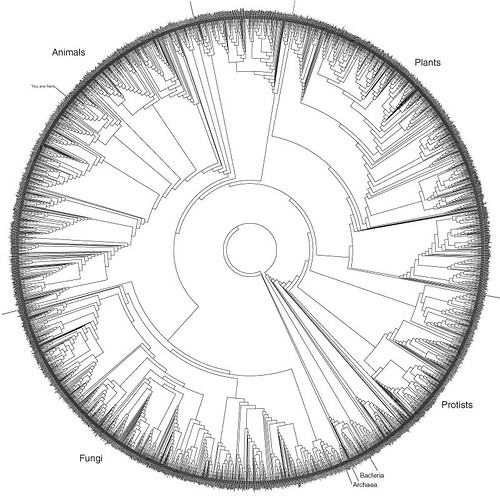World's Greatest Authority
Robert Heinlein's "Friday" has the following description of how to retrieve something from a huge data bank. This was published in 1982.
At one time there really was a man known as "the World's Greatest Authority." I ran across him in trying to nail down one of the many silly questions that kept coming at me from odd sources. Like this: Set your terminal to "research." Punch parameters in succession "North American culture," "English-speaking," "mid-twentieth century," "comedians,", "the World's Greatest Authority." The answer you can expect is "Professor Irwin Corey." You'll find his routines timeless humor.
Hierarchical search, yes? But would you do that now? Not at all! (And probably not even in the heyday of Yahoo's directory). Google for "The world's Greatest Authority" Irwin finds 91 hits, the first being the Irwin Corey Wikipedia page (mentioning the Heinlein reference). That page points to his home page and shows he was doing shows in 2002. IMDB's Irwin Corey page says he's still alive. YouTube has 17 hits for "Irwin Corey".
Watching the clips now (and on his home page) I would say they are not timeless, but I'm not into doubletalk artists and the clips are almost certainly a paltry reflection of when he was most famous. The review of Corey from the New York Press goes into much more depth. It claims that Corey originated the phrase "Wherever you go, there you are." But see the Buckaroo Banzi FAQ. Strange. I didn't know the blacklist was still in effect into the 1980s.
Almost none what I just did was done with a hierarchical system. I used Google to find the Wikipedia entry, which took me to the home page and the IMDB page. I did use the link on that page to take me to some video clips. I then jumped to YouTube to find a few more clips, all more recent than 1990. Hmm, I take it back. I followed the links, which is the closest I came to "hierarchical". But search took me to within two links of everything.
This analysis came up because I'm on a private mailing list where one of the people asked about organizing large data sets in a hierarchy. (Large in this case meant 100-200 entries, which I would say is small.) He wanted to arrange the data in some sort of hierarchy. I suggested putting it all into one web page, with entries arranged into meaningful groups, and let the brower's search-in-page capability handle everything. Search is nearly always more powerful than browsing.
There are times when browsing hierarchies makes sense. One is
to view clustering results, where the length of the branches and the
location of branch points conveys information. A recent example of
this is the "tree of life"  which
you can get in full detail from the
Hillis/Bull lab. (Recommended page size, at least 54 inches or
137cm, which is wider than A0). But at that size I think more people
look at the image more for the sheer joy of the data.
which
you can get in full detail from the
Hillis/Bull lab. (Recommended page size, at least 54 inches or
137cm, which is wider than A0). But at that size I think more people
look at the image more for the sheer joy of the data.
About 10 years ago there was "The Great CHI'97 Browse Off". I saw the rematch at BayCHI which was quite fun to watch. I can't find any video of either event.
It feels nowadays like if something isn't on the web then it isn't there. There's a paper I read in a 4 volume $935 book series titled "The Chemoinformatics Handbook" edited by Gasteiger. It's Weininger's article about SMILES. The series came out in 2003. While it's directly relevant to the discussion in the OpenSMILES project, most there haven't read it or heard of it. I'm starting to get the same feeling about video. With YouTube I can see clips from a lot of recent shows, but the old history is much more distant.
Not always. There was a great interview by Mike Wallace of Rod Serling in 1959, which is on YouTube in two parts:
Man they used to smoke a lot in the "good old days"!Andrew Dalke is an independent consultant focusing on software development for computational chemistry and biology. Need contract programming, help, or training? Contact me
Copyright © 2001-2020 Andrew Dalke Scientific AB


